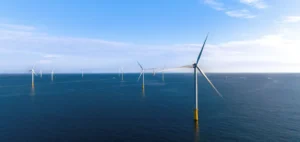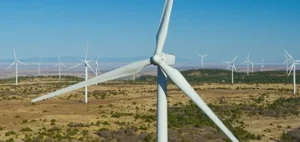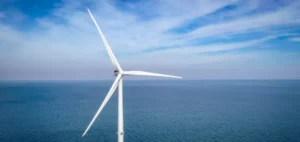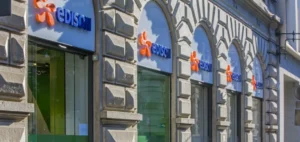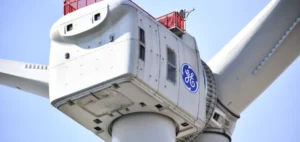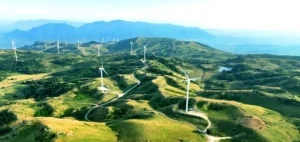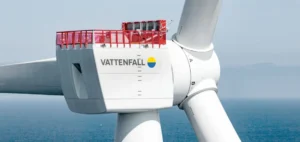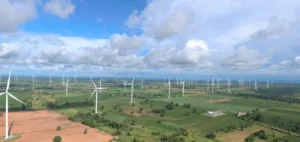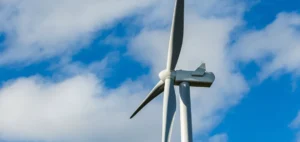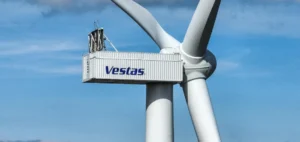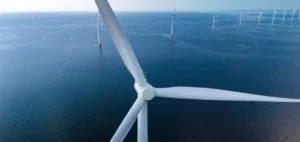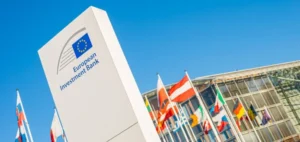Danish industrial group Vestas Wind Systems A/S reported a net profit of €5mn ($5.39mn) in the first quarter of 2025, reversing the anticipated trend of a loss. The company’s revenue reached €3.468bn ($3.74bn), marking an increase of nearly 30 % compared to the same period in 2024, according to quarterly results published on May 6.
Stronger than expected performance
This level of activity significantly exceeds the forecasts of financial analysts, who had projected revenue around €3bn ($3.24bn) and a net loss close to €42mn ($45.2mn). Vestas, one of Europe’s leading wind turbine manufacturers, attributes the performance to increased megawatt deliveries and, to a lesser extent, higher unit prices.
Chief Executive Henrik Andersen noted in the report that “Vestas’ performance continued to improve,” despite a complex international environment. He pointed to growing geopolitical uncertainty and intensified market regionalisation as sources of pressure on operations.
Order momentum and tariff challenges
Between January and March, order intake reached €3.9bn ($4.2bn), up more than 70 % year-on-year. Growth was driven primarily by onshore and offshore markets in Europe, the Middle East and Africa (EMEA), the report stated. However, certain markets were affected by external factors.
Among the obstacles, the company cited tariffs, particularly in the North American market. Vestas stated that “current tariffs create notable challenges to order book execution, especially in the United States,” while indicating that the financial impact remains manageable within existing guidance.
Unchanged outlook for 2025
For the full year, Vestas maintains its revenue projection between €18bn ($19.38bn) and €20bn ($21.54bn). The company has not issued a net profit target but continues to pursue a cautious margin management strategy in a volatile market environment.
Sector competition remains shaped by a global imbalance. In China, the wind energy sector, heavily supported by public subsidies, is experiencing rapid growth. This structural disparity in economic models raises concerns among European manufacturers, whose profitability remains vulnerable to supply chain disruptions and rising energy costs.






